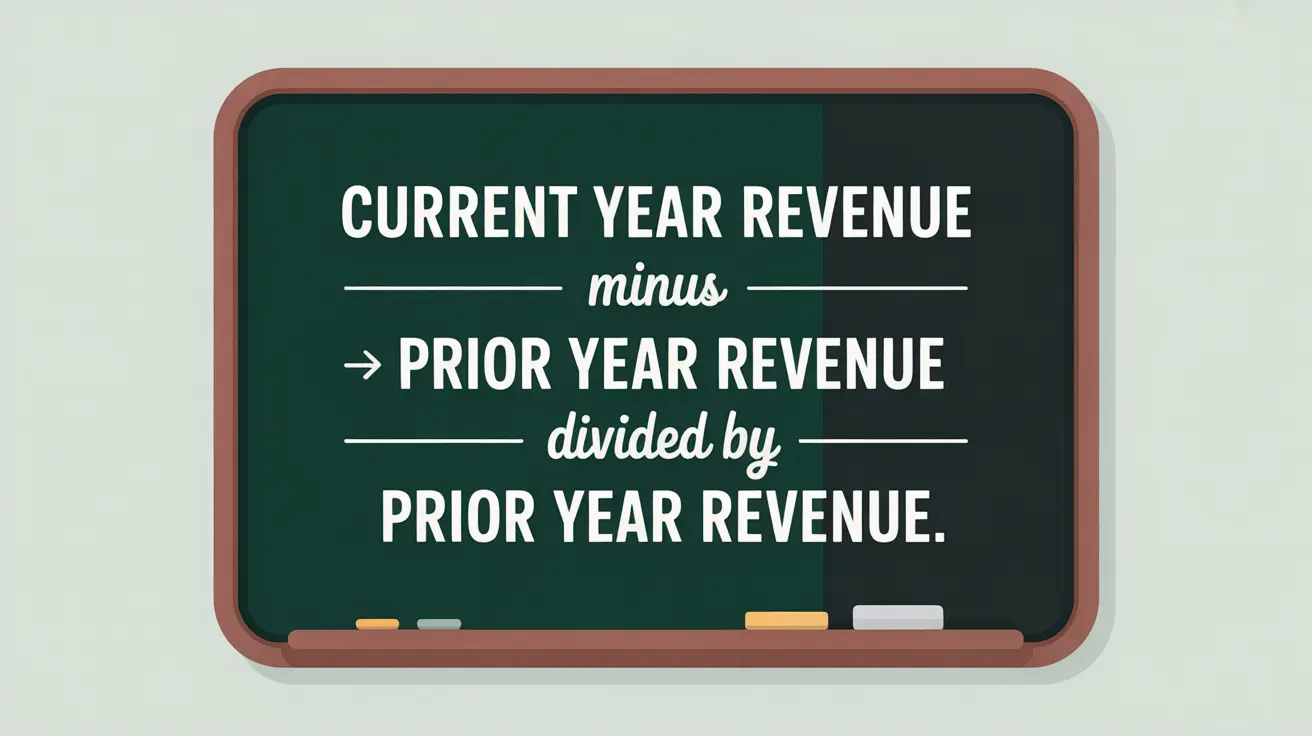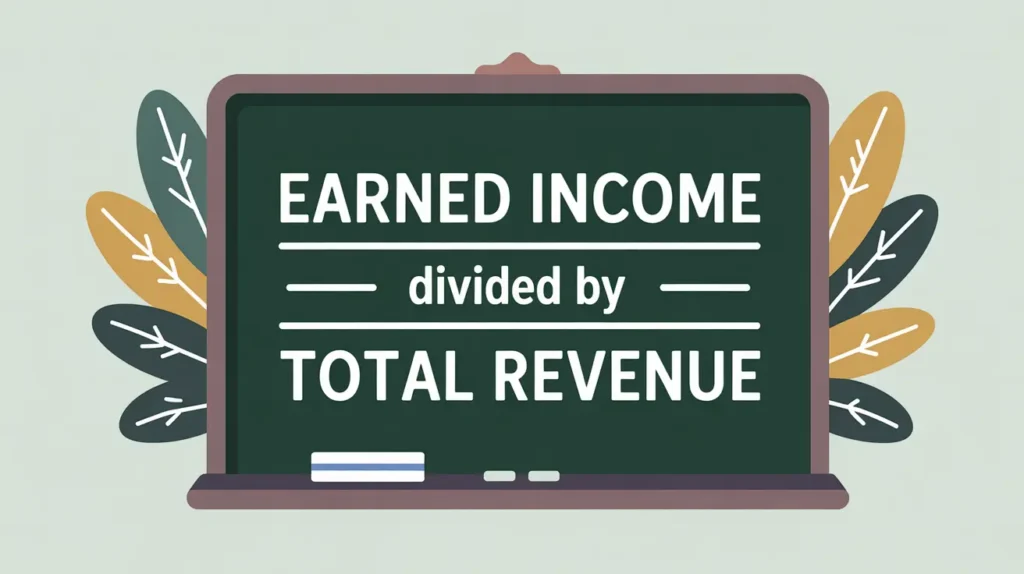Importance of the Revenue Growth Rate
The revenue growth rate tracks how a nonprofit’s total revenue changes from one year to the next. It matters because growth in revenue signals expanding donor support, stronger market positioning, and greater capacity to deliver on mission, while revenue declines may raise sustainability concerns. Boards, donors, and regulators look to this metric to assess whether the organization is building momentum or facing headwinds. For nonprofits in social innovation and international development, revenue growth is particularly important as it reflects the ability to attract multi-year grants, diversify funding sources, and sustain complex projects across regions.
Definition and Features
The revenue growth rate is defined as:
Current Year Revenue minus Prior Year Revenue divided by Prior Year Revenue.
Key features include:
- Trend Indicator: highlights whether the nonprofit is expanding or contracting.
- Benchmark Use: steady growth is more sustainable than volatile swings.
- Donor Signal: strong growth can attract funders seeking to partner with high-performing organizations.
- Strategic Use: helps boards evaluate whether growth is supported by infrastructure and reserves.
How This Works in Practice
If a nonprofit’s revenue was $15 million last year and $18 million this year, the revenue growth rate is 0.20 (20%). This may encourage the board to invest in scaling programs or building reserves. Conversely, if revenue declines by 10%, leadership must investigate whether the drop is due to loss of a major donor, funding cycle timing, or structural weaknesses in fundraising strategy. International NGOs often track this ratio by donor type (e.g., bilateral, foundation, grassroots) to understand where growth is strongest and where diversification is needed.
Implications for Social Innovation
For nonprofits in social innovation and international development, the revenue growth rate is a measure of credibility and competitiveness. A healthy growth rate signals the organization’s ability to attract new partners and sustain its mission in a dynamic funding environment. Donors often see strong revenue growth as evidence of effective leadership and impact. At the same time, unchecked growth without adequate reserves or systems can strain operations. By monitoring this measure closely, nonprofits can pursue growth that is both ambitious and sustainable, ensuring they are positioned to drive systemic change.







